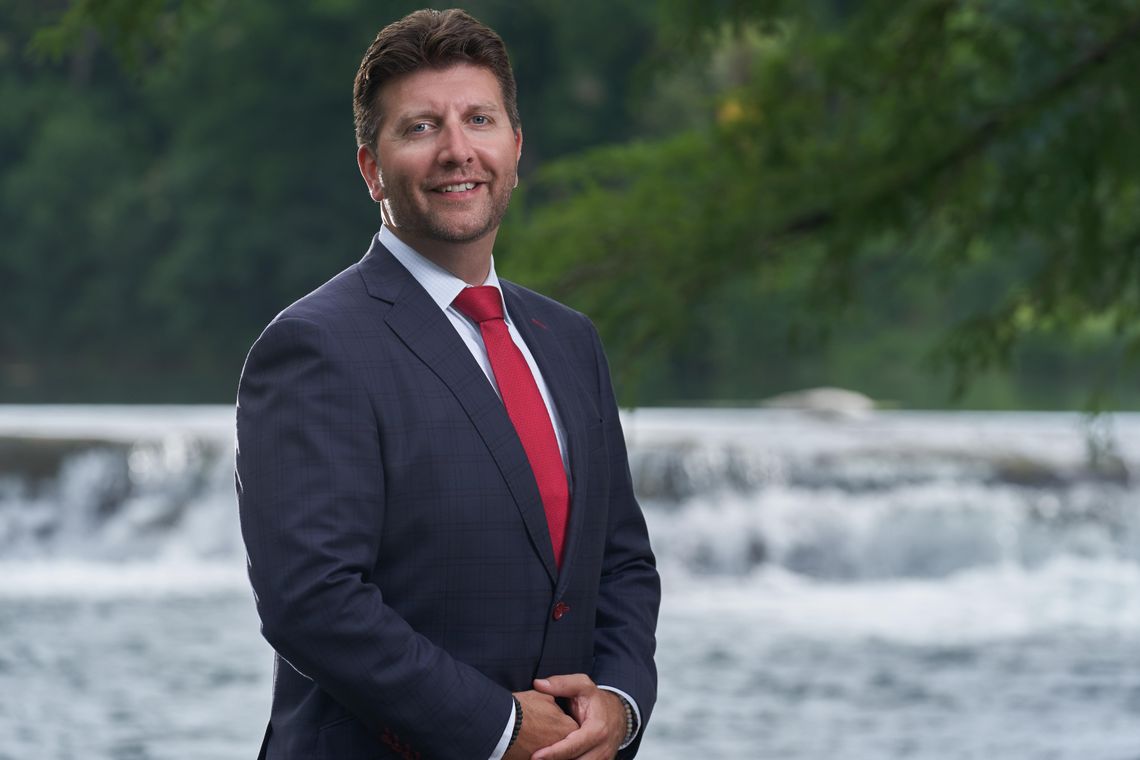Vision 2025, as I introduced in my last column, is an ambitious and community-based economic development strategy designed to increase prosperity in Hays and Caldwell Counties.
In order for an economic development strategy to be realized and truly reflect the aspirations of the region, community participation, feedback and input are required. This is where the Vision 2025 Steering Committee played a critical role in developing this strategy.
At the start of the Vision 2025 process, the Greater San Marcos Partnership (GSMP) formed a 44-member Steering Committee in order to ensure the needs of Hays and Caldwell Counties were heard. This committee — purposely comprised of a wide diversity of community representation — provided feedback and oversaw the development of a new Economic Development Strategy and corresponding Implementation Guidelines.
The diverse representation of this committee included municipal partners, economic development agencies, chambers of commerce, educational institutions (both primary and secondary), private businesses and community organizations. This committee also reflected the composition of the Greater San Marcos region in terms of sex and race, allowing many voices to be heard throughout the planning stages of Vision 2025. Their input and oversight were complemented by the support of a Technical Advisory Committee, which included economic development professionals from throughout the region.
It is important to note as well that this representation wasn’t the only way that Vision 2025 was shaped by community input. The first step in our process was to conduct community interviews in early 2020, and a survey was issued to the residents of Hays and Caldwell Counties. This initial input process helped to identify the region’s opportunities and challenges and helped to determine strategic priorities, especially in light of adapting to the new landscape of COVID-19.
Based on the key findings from those surveys and interviews, the Steering Committee identified holistic, actionable, and measurable strategic recommendations to guide the community’s collective actions in the years to come. Examples of best practice programs, policies, and initiatives from communities around the country were included as helpful references.
The Steering Committee will be revisiting the recommendations annually, ensuring the community’s current approach to implementation is leveraged and built upon when appropriate, and revised or adjusted when necessary.
The work of this group is key to increasing prosperity to our region, and I’d like to thank all 44 members of the Steering Committee for their commitment to improving the quality of life in the Greater San Marcos region. I also want to especially thank our Steering Committee chair, John David Carson, and co-chairs John Cyrier, Dr. Denise Trauth and Patrick Rose for their leadership on this committee.
Now as we enter the implementation phase of Vision 2025, the driving force behind reaching Vision 2025’s community-set goals will be the implementation committees and working groups that will be formed at GSMP’s board meeting today. I look forward to sharing information about these groups in my next column.
If you have questions about Vision 2025, I am always available via email at [email protected] or on Twitter at @JasonGiulietti. All of our Vision 2025 documents, including every member of our steering committee and their community affiliation, are available on our website at greatersanmarcostx.com/vision2025.









